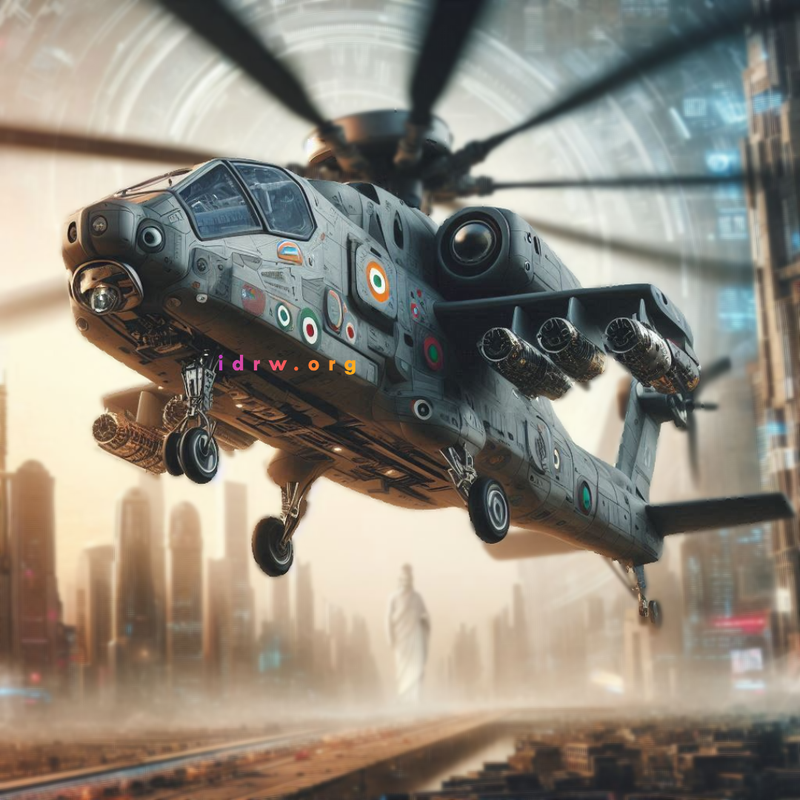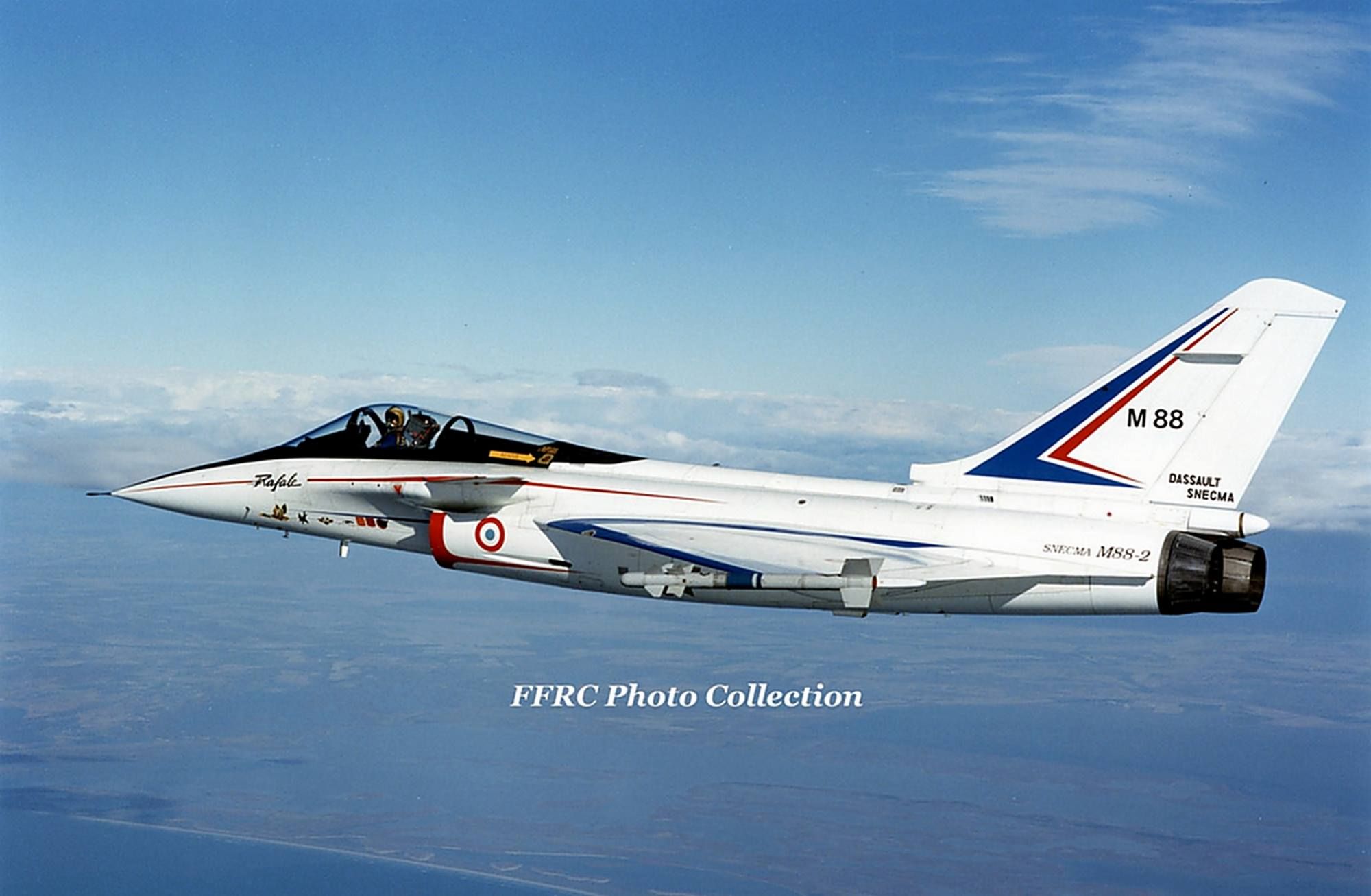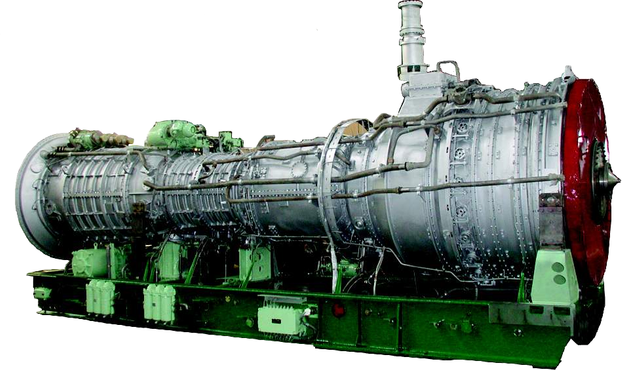AFI
SOURCE: AFI

A groundbreaking launch is set to take place on August 24 from the Chennai shores. Space Zone India, a Chennai-based startup, will be launching a reusable hybrid rocket, a first for India. This innovative rocket will carry three CubeSats and 50 PICO satellites into sub-orbit to monitor and collect data on various atmospheric conditions.
The project, named ‘Mission Rhumi -2024’, is guided by the renowned Mylswamy Annadurai, former ISRO director and fondly referred to as the “Moon Man of India”. The launch is scheduled for around 7 am from the TTDC Ground on East Coast Road.
Continue readingSOURCE: AFI

In a significant development underscoring the deepening naval cooperation between India and Russia, a high-level Russian delegation led by Commander-in-Chief of the Russian Navy, Admiral Aleksandr Moiseyev, visited the Mazagon Dock Shipbuilders Limited (MDL) today. The visit included an inspection of an under-construction warship and an exploration of the MDL Heritage Gallery, followed by strategic discussions with the MDL leadership team, headed by Chairman and Managing Director (CMD) Narayan Prasad.
Admiral Moiseyev’s visit to MDL, one of India’s premier shipbuilding yards, reflects the ongoing commitment between the Indian and Russian navies to collaborate on various defense projects. MDL has a long-standing history of constructing advanced warships and submarines for the Indian Navy, many of which have been developed with Russian technological assistance. This visit not only strengthens the existing ties but also opens new avenues for future cooperation, particularly in the domain of shipbuilding and naval technology.
Continue readingSOURCE: AFI

As technology in the aerospace domain advances, India faces the inevitable need to replace its fleet of Su-30MKI fighter jets, despite upcoming upgrades. The Super-Sukhoi, a planned upgrade that brings the Su-30MKI closer to the capabilities of the Su-35S, will still have limitations in terms of radar cross-section (RCS) and infrared signature (IRS). These factors, coupled with the rapid evolution of radars, surface-to-air missiles (SAMs), and air-to-air missiles (AAMs), emphasize the need for next-generation aircraft that can maintain air superiority against modern threats.
Fifth- and sixth-generation fighter jets are designed to operate as “spies and snipers,” equipped with the latest technology to outperform adversaries. While previous-generation jets can supplement these advanced aircraft, frontline fighters must incorporate cutting-edge stealth, sensors, and weaponry. The Su-30MKI, even with its Super-Sukhoi upgrade, will eventually fall behind in these areas as adversaries field more advanced systems aimed at countering fifth-generation aircraft.
Continue readingSOURCE: AFI

India’s Defence Research and Development Organisation (DRDO) is actively developing laser and microwave-based Directed Energy Weapons (DEW) systems with the capability to neutralize threats ranging from small drones to fighter aircraft.
DRDO Chairman, Dr. Samir V Kamat, confirmed the organization’s focus on this cutting-edge technology. While acknowledging the higher initial procurement costs, he emphasized the potential for significant operational cost savings through the use of DEWs.
Continue readingSOURCE: AFI

Magicmyna, a Bengaluru-based startup, has made significant strides in drone technology with the launch of its MuniTrix 4 Mortar Shell Drop System. The innovative system was unveiled by Dr. P.V Sathya Narayana Murthy, Head of UAV CSIR – National Aerospace Laboratories (NAL).
MuniTrix 4 is a UAV-based solution capable of delivering payloads carrying up to four 60mm or two 81/82mm mortar ammunition. The system boasts an advanced algorithm that accurately determines the impact area of the mortar shells. Moreover, it offers flexibility in choosing the type of warhead, including impact detonation (IMP), delayed detonation (DLY), near-surface detonation (NSB), and distance detonation (PRX).
Continue readingSOURCE: AFI

On this day, 21 August 1990, a somber chapter was written in the annals of the Indian Navy. The INS Andaman (P 74), a patrol vessel, sank in the Bay of Bengal during an operational exercise of the Eastern Naval Command. The tragedy claimed the lives of 15 brave Indian sailors, their names forever etched in the hearts of their countrymen.
The loss of INS Andaman was a devastating blow to the Indian Navy. The vessel and its crew were engaged in a routine exercise when disaster struck. The exact circumstances leading to the sinking remain shrouded in mystery, but the loss of life was a stark reminder of the dangers faced by those who serve their country at sea.
Continue readingSOURCE: AFI

Sanjeev Singhal, the chairman and managing director of Mazagon Dock Shipbuilders (MDS), a defense public sector undertaking (PSU), has expressed optimism about securing the order for the 75I submarine. In a recent interview, he stated that MDS is participating in the project alongside TKMS Germany and is confident of a positive outcome.
Singhal highlighted the strong order pipeline for shipbuilding, submarines, and offshore projects. He noted that the Indian Navy has recently cleared the TKMS-offered U-214 variant of the submarine after a thorough evaluation, finding it to meet all technical specifications. This positive development further strengthens MDS’s chances of securing the 75I submarine order.
Continue readingSOURCE: AFI

The Indian Air Force (IAF) is on the lookout for a modern, versatile transport aircraft to replace its aging fleet of IL-76s. The Kawasaki C-2, a cutting-edge medium-range military transport aircraft developed by Japan’s Kawasaki Heavy Industries (KHI),
One of the C-2’s most significant advantages is its impressive payload capacity. With a larger cargo hold than its predecessors, the C-1 and C-130 Hercules, the C-2 can transport significantly heavier loads. This capability enables it to fulfill a wide range of missions, including international cooperative operations, troop transport, supply drops, and medical evacuation.
Continue readingSOURCE: AFI

The Indian helicopter industry, particularly Hindustan Aeronautics Limited (HAL), has made significant strides in recent years. The successful development and production of the Light Combat Helicopter (LCH) Prachand is a testament to this progress. However, the question remains: Can India develop its own Apache-class heavy attack helicopter?
A crucial factor in India’s potential to develop a heavy attack helicopter is the Indigenous Medium Rotorcraft Helicopter (IMRH) program. This initiative aims to create a multi-role helicopter platform that can be adapted for various roles, including attack, transport, and search and rescue.
Continue readingSOURCE: AFI

The Defence Research and Development Organisation (DRDO) is set to undergo a significant shift in its focus, with a reduced emphasis on the development of small arms and ammunition. In a recent interview, DRDO Chairman Dr. Samir V Kamat highlighted the rapid progress made by the private sector in this domain.
Kamat emphasized that the private industry has gained substantial experience and expertise in developing small arms and ammunition, making them well-positioned to take the lead in this sector. As a result, DRDO plans to gradually phase out its involvement in small arms development over the next few years.
Continue readingSOURCE: AFI

The Indian Navy’s Naval Air Station Rajali (INS Rajali) is a hub of naval aviation excellence, and at the heart of this operation is the unwavering dedication of the Agniveers. These young sailors, entrusted with the responsibility of maintaining the P8I maritime patrol aircraft, play a pivotal role in ensuring the aircraft’s operational readiness and the Navy’s maritime dominance.
The P8I, a state-of-the-art maritime patrol aircraft, is a critical asset to the Indian Navy. Its advanced capabilities, including long-range surveillance, anti-submarine warfare, and anti-surface warfare, make it an indispensable tool for safeguarding India’s maritime interests. To ensure that the P8I remains in peak condition, the Agniveers at INS Rajali carry out meticulous maintenance procedures.
Continue readingSOURCE: AFI

French aerospace engine manufacturer Safran has offered to collaborate with India in the development of a new engine for the Advanced Medium Combat Aircraft (AMCA), India’s fifth-generation fighter program. As part of its roadmap, Safran has proposed using the Dassault Rafale fighter jet as a flying testbed for the new engine.
The plan involves equipping a Rafale with two engines: one of its standard M-88 engines and the other a high-thrust engine designed for the AMCA. By testing the AMCA engine on the Rafale airframe, Safran aims to validate its performance and capabilities in a real-world environment.
Continue readingSOURCE: AFI

Indian Prime Minister Narendra Modi is scheduled to visit Ukraine on August 23, 2024, at the invitation of President Volodymyr Zelenskyy. This visit, marking a significant moment in India-Ukraine relations, is expected to pave the way for deeper cooperation in various sectors, including defense, economic ties, and science and technology.
A key focus of the discussions between Prime Minister Modi and President Zelenskyy will be the defense sector, an area of longstanding collaboration between the two nations. Historically, a substantial portion of India’s defense equipment was sourced from the Soviet Union, with much of this equipment being manufactured in what is now Ukraine. Despite the dissolution of the Soviet Union, Ukraine remains a crucial partner for India in maintaining and upgrading these defense systems.
Continue readingSOURCE: AFI

In a sobering encounter during a visit to the India-Pakistan border, two US Senators, Vance Hartke and Quentin Burdick, were confronted with the grim consequences of US arms proliferation. Their journey to Amritsar, India, unveiled a chilling scene: a “Patton Tank Graveyard” – 70 battered American tanks captured from Pakistan.
These tanks were originally supplied by the US to Pakistan with the explicit condition that they would be used solely for defense against communist aggression. Yet, ironically, they were deployed against India, a nation actively combating communist influence. The stark hypocrisy of this situation was not lost on the Senators.
Continue readingSOURCE: AFI

India’s Advanced Medium Combat Aircraft (AMCA) is set to become a cornerstone of the nation’s next-generation air combat capabilities. One of the key design features of the AMCA is its frontal shaping, which bears a striking resemblance to that of the American F-35, one of the most advanced stealth fighters in the world. This similarity in design is crucial because it directly influences the aircraft’s frontal Radar Cross Section (RCS), a measure of its detectability by enemy radar systems.
Frontal shaping is a critical factor in stealth technology. By minimizing the aircraft’s profile and ensuring that radar waves are deflected away from the source, stealth fighters like the F-35 achieve low RCS, making them difficult to detect. The AMCA’s design, with its sleek and angular frontal profile, appears to follow similar principles. This design choice suggests that India is prioritizing stealth in the development of its next-generation fighter.
Continue reading